Which fast chargers work with the Google Pixel 6 and 6 Pro?
You need the right tool(s) for those advertised charging speeds.
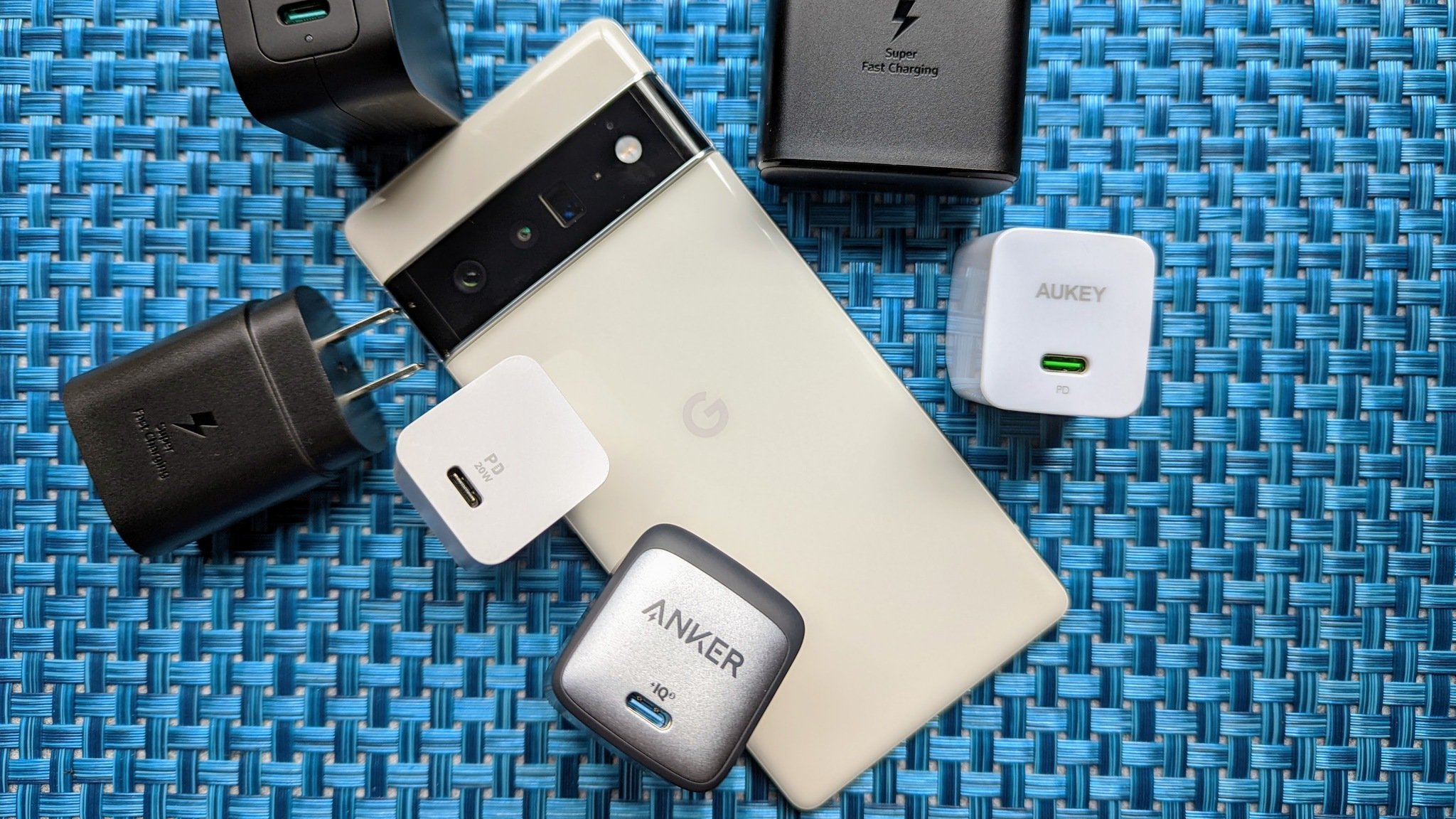
Best answer: In order to attain the maximum charging speeds of 21W on the Pixel 6 (and 23W on Pixel 6 Pro), your charger must support both Power Delivery (PD) and Programmable Power Supply (PPS) standards, and have a rated output of 24W or higher as well. You also need an e-marked cable that can negotiate the exact current between the charger and the smartphone.
What do you need to reach maximum Pixel 6 charging speeds with a wired charger?
Why you can trust Android Central
The best Pixel 6 chargers need Programmable Power Supply (PPS) support, which is basically a specialized certification within the larger Power Delivery (PD) standard that allows you to fast-charge everything from your earbuds to your MacBook and beyond. PPS chargers used to be quite difficult to find when Samsung's Galaxy Note 10+ started using them for its short-lived 45W fast-charging frenzy, but since Samsung now uses them for its 25W Super-Fast Charging too, they've gotten much more accessible.
Of course, since PPS chargers were originally designed for laptops — in order to help limit heat buildup and preserve their expensive batteries — most of them are rated at 45W and higher. And although the Pixel 6 Pro may only charge at a maximum of 23W, there's little point in getting just a 30W charger these days, since practically all modern tablets and laptops use USB-C (with PD support) for charging. You should grab a 45-90W charger that you can use for your MacBook, Nintendo Switch, and any other USB-C-equipped devices you may be having. Futureproofing is important since today's best chargers can last you a decade or more.
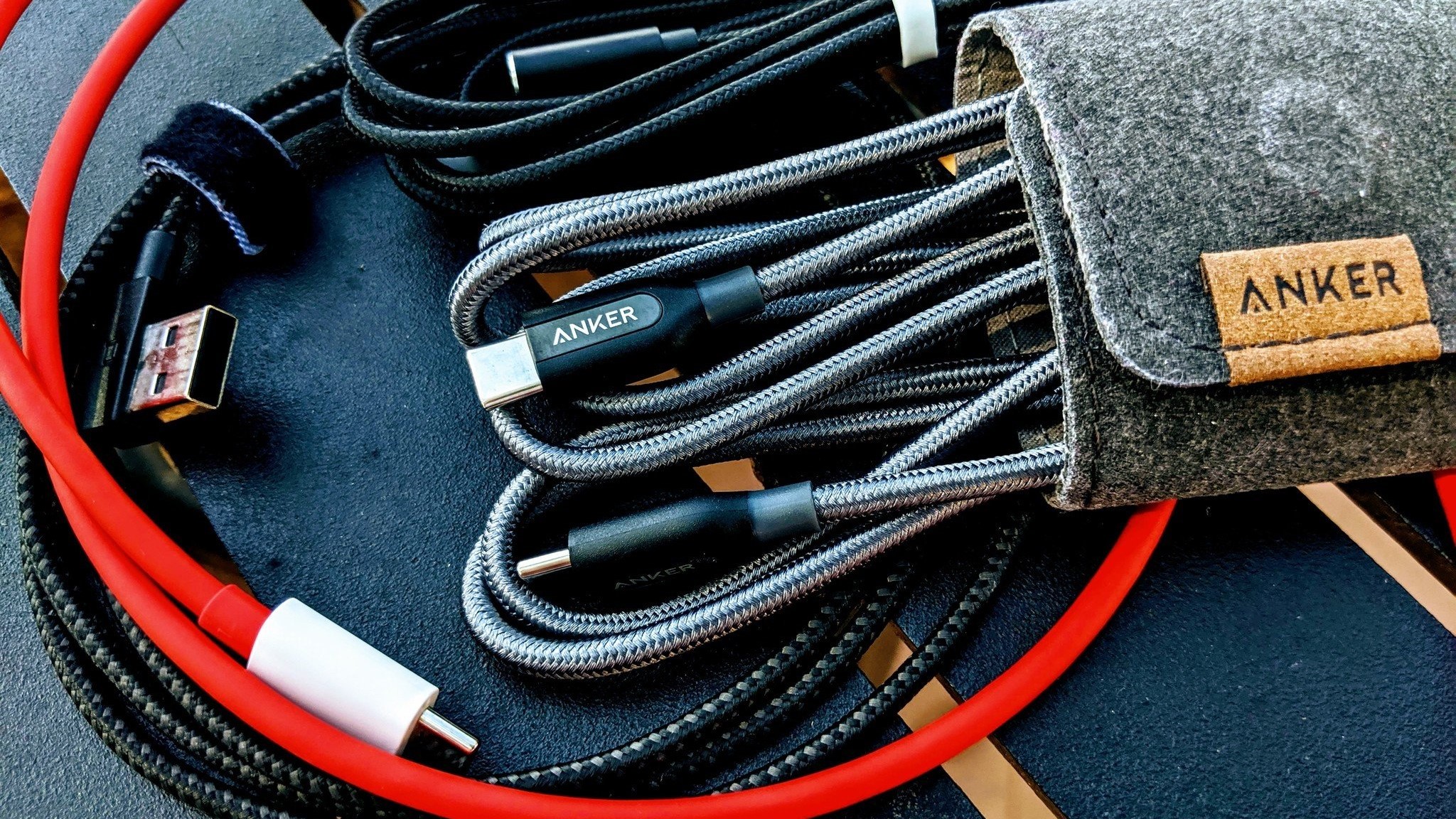
One more requirement (that's often overlooked) for getting fast charging speeds for the Pixel 6 charging is the cable. That's because not all USB-C cables are created equal; some prioritize data transfers over charging speeds, some are USB 2.0 and some are USB 3.2 Gen 2x2 (Hey, I didn't name them, but would like to slap whoever did!), some others are e-marked, while most older cables are not. PPS charging (and thus, Pixel 6 fast charging) requires an e-marked cable so that the charger and your Pixel 6 can 'talk' to each other and negotiate exactly what voltage/amperage needs to flow between them.
Many PPS-compliant chargers come with e-marked cables in--the-box, specifically to avoid having uninformed buyers complaining about/returning the products because they don't realize PPS and e-marked cables go together. You have been informed, so that you can make a better buying decision and avoid these frustrations down the line.
Why doesn't it matter: You'll barely ever see top speeds anyway
The most important limitation to 23W wired charging isn't because of the charger or the cable, it's because of the phone and Google. Full 23W fast-charging speed is only possible when your phone is under 50%, and even then, you still might not see that speed unless you're starting from close to empty. Google has designed its charging protocols on the Pixel 6 series "to strike a balance between battery life, longevity and fast charging," as it says while explaining Pixel 6 charging speeds on its own forum.
If you're below 50%, Google enables the higher charging speeds to ensure you get to a half-full level quickly but once you hit that point, the speeds will slow down until the battery eventually gets full an hour later. Google does this to better manage heat dissipation and extend the life of your Pixel 6 or Pixel 6 Pro's battery. That's all great, but not so when I'd really like to charge from 60% back up to 85% before heading for a long evening of fireworks, and maybe a tryst with a prince at the Magic Kingdom. If the battery is above 50% level, you'll only see charging speeds at around 9-15W. So, remember that the first 50% only takes half an hour and the second 50% takes a full hour.
What do you need to reach maximum Pixel 6 charging speeds with a wireless charger?
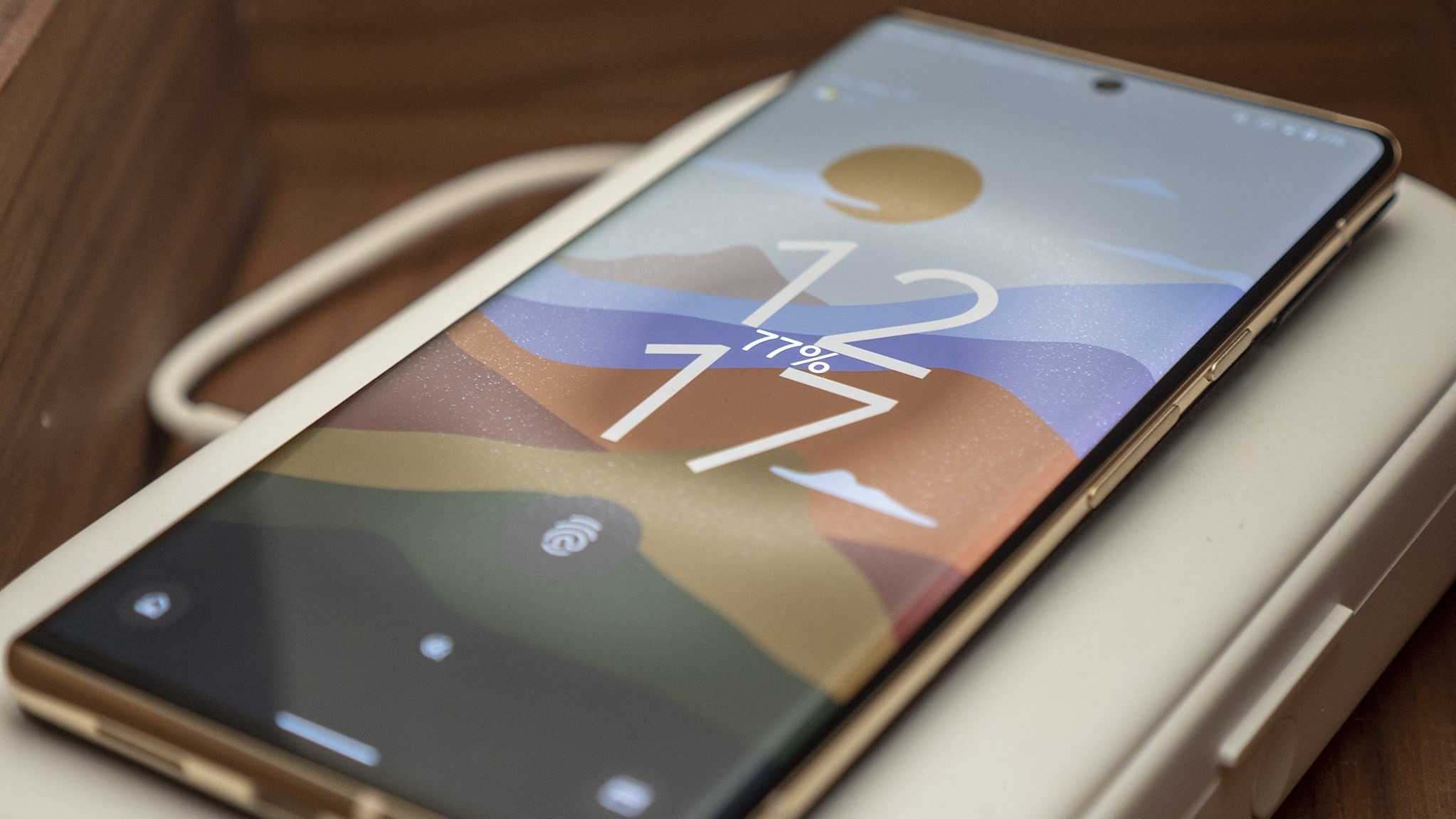
Things are blessedly much easier to spell out when it comes to fast wireless charging with the Pixel 6 and 6 Pro. You can get 23W top charging speeds only when using the Google Pixel Stand (2nd Gen) wireless charger. It's also worth mentioning here that it costs $80 and just like wired charging, you can expect charging speeds to slow down as your battery gets closer to being full. It's a nifty accessory but that doesn't change the fact it's extremely expensive, as my colleague Jerry Hildenbrand points out in his review.
In order to get 15W wireless charging speeds that the Pixel 5 enjoyed — and which you'll get far more adaptability and choice on — you need to get a wireless charging pad (or stand) that supports Extended Power Profile (EPP) standard at 15W output. Most of the best wireless chargers support EPP, and if you see another charger that catches your fancy but doesn't list EPP or the Pixel 6 among its supported 15W phones, you can head to the Wireless Power Consortium's Product Database and search for the product by brand name. Product listings here will tell you the maximum output speed, whether or not it supports EPP, and if it has Samsung's proprietary charging tech in it (which most of them do because Samsung is popular).
If you need a Pixel-perfect wireless charging option from our picks, we recommend the iOttie iON Wireless Duo stand and the Anker PowerWave Alloy pad. Whether you go wired or wireless, get something long-lasting and widely compatible as these chargers may very well outlive both your Pixel 6 and the smartphone you get after it.
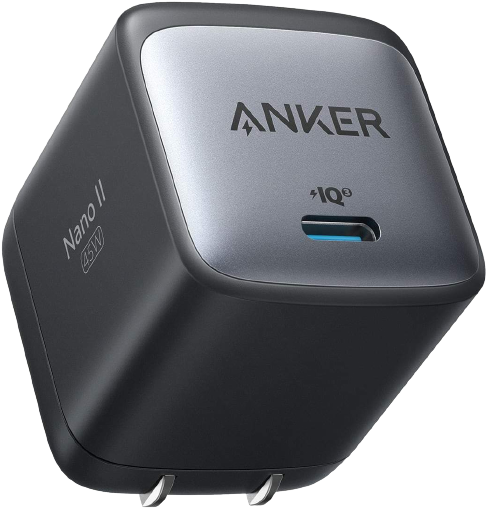
Pocket-friendly power
Anker's small 45W charger is great for juicing up Chromebooks, MacBooks, and yes, the Pixel 6 and 6 Pro, too! While it doesn't come with an e-marked cable, your shiny new phone already does so you'll have everything you need. The diminutive size means you can carry it everywhere with ease.
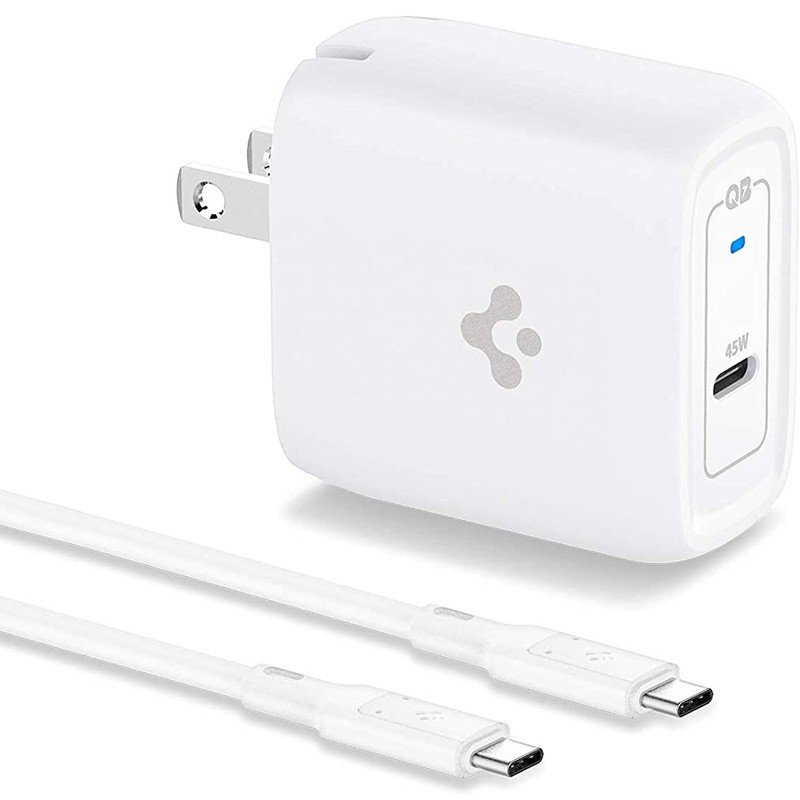
Cable included
Renowned for its protective cases, Spigen is gracious enough to include a proper cable in the box with its 45W charger to help you get the fastest charging speeds for your Pixel 6, Pixel 6 Pro, and more! in order for you to achieve top speeds. The charger's GaN technology not only allows for a smaller size but reduces heat output too.
Get the latest news from Android Central, your trusted companion in the world of Android

When Rajat got his first Personal Computer—a Pentium III machine with 128MB of RAM and a 56kbps dial-up modem—back in 2001, he had little idea it would mark the beginning of a lifelong love affair with gadgets. That fascination, combined with a penchant for writing and editing, ultimately led to him becoming a technology journalist. Some of his other interests include Photography, Hand Lettering, and Digital Typography. Rajat is also somewhat obsessed with wrist-worn timepieces and appreciates a Casio just as much as a Jaeger-LeCoultre.
